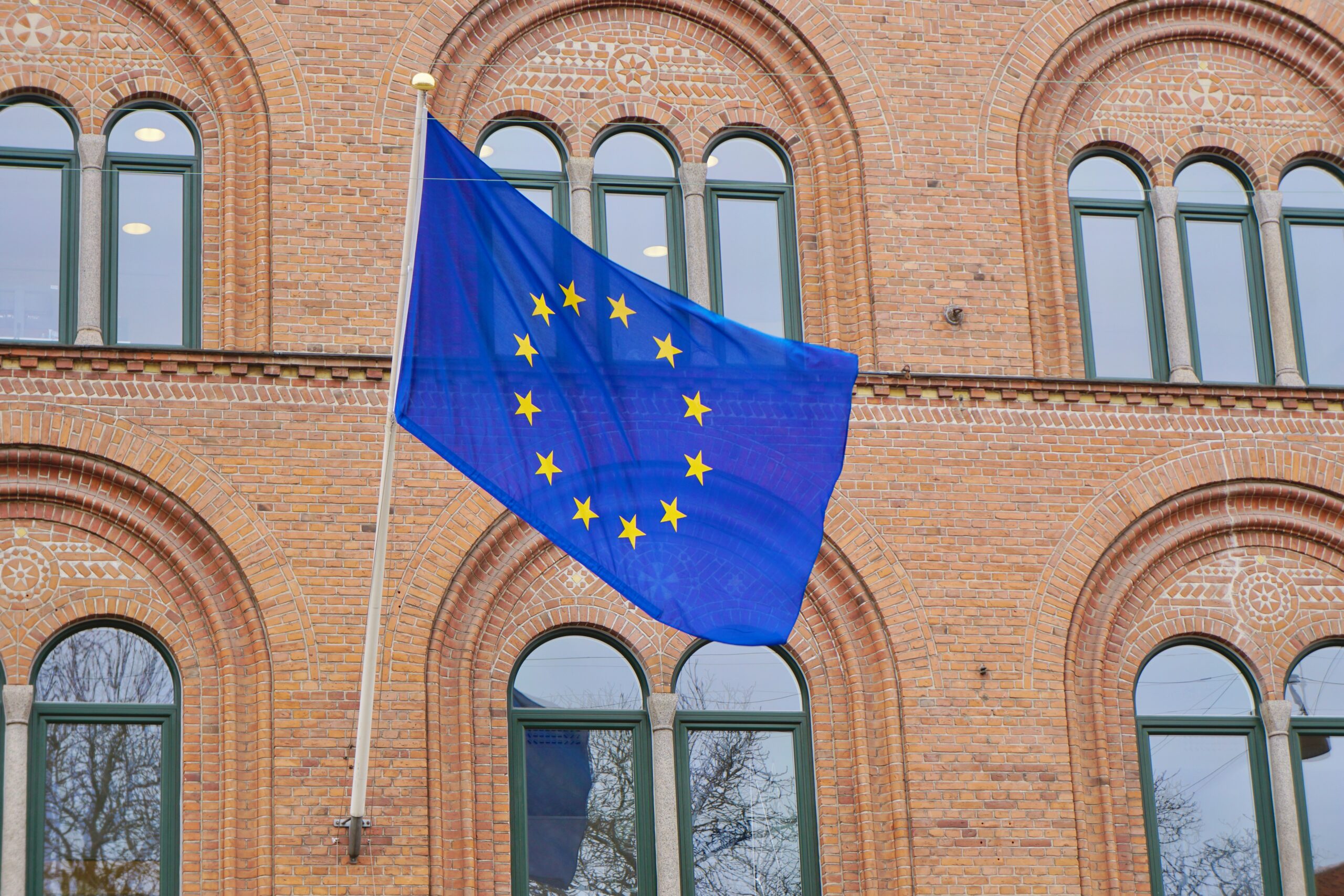The European Union Deforestation Regulation (EUDR) is one of the most ambitious legal efforts to tackle global deforestation through trade rules. While the headlines focus on forest protection, the real story lies in how the law reshapes supply chains, procurement decisions, and legal accountability across borders.
This article unpacks the regulation from a legal and operational perspective. What does the law require? Who’s affected? How do you stay compliant? And what risks should you actually be preparing for? Let’s start at the foundation.
What Is the EUDR Trying to Solve?
The EUDR isn’t just a policy tool. It’s a binding regulation that flips the burden of proof: it’s up to companies to show that the products they sell into the EU are not linked to deforestation or forest degradation. No proof, no access.
The law was formally adopted in 2023 and replaces the older EU Timber Regulation. But unlike its predecessor, which targeted illegal logging, the EUDR bans all deforestation-linked products after a cutoff date of December 31, 2020, even if the deforestation was technically legal in the country of origin.
The message is clear: legality isn’t enough. Products must be both legal and deforestation-free.
What the Regulation Covers
The EUDR applies to seven core commodities, plus specific derived products. These include:
- Cattle (including beef and leather)
- Palm oil
- Soy
- Coffee
- Cocoa
- Rubber
- Wood (including paper, pulp, furniture, etc.)
The law only applies to products listed in Annex I of the regulation. If a product contains one of these commodities but isn’t listed, it’s not covered. For example, a bar of soap with palm oil might be excluded if it’s not in the annex. This list may expand, but any updates must go through formal procedures.
The Three Legal Pillars of Compliance
At the heart of the EUDR are three strict legal requirements. A product may only be placed on the EU market or exported if:
- It is deforestation-free (land used in production was not deforested after Dec 31, 2020)
- It is legally produced (follows the laws of the country of origin)
- It is backed by a valid due diligence statement submitted electronically
Each of these elements has legal implications. Let’s break them down.
What “Deforestation-Free” Means Under the Law
Legally, the term “deforestation” is defined quite narrowly. It refers to converting forest land to agricultural use, regardless of legality or cause. That includes clearing forest to plant soy or expand cattle grazing.
“Forest degradation” is also covered. For wood products, converting a primary forest into a plantation is considered degradation and therefore a breach of the regulation.
The cutoff date of December 31, 2020 is non-negotiable. If a product’s raw material came from land cleared or degraded after that date, it’s disqualified.
For businesses, this means you’ll need to prove what happened on that land and when.
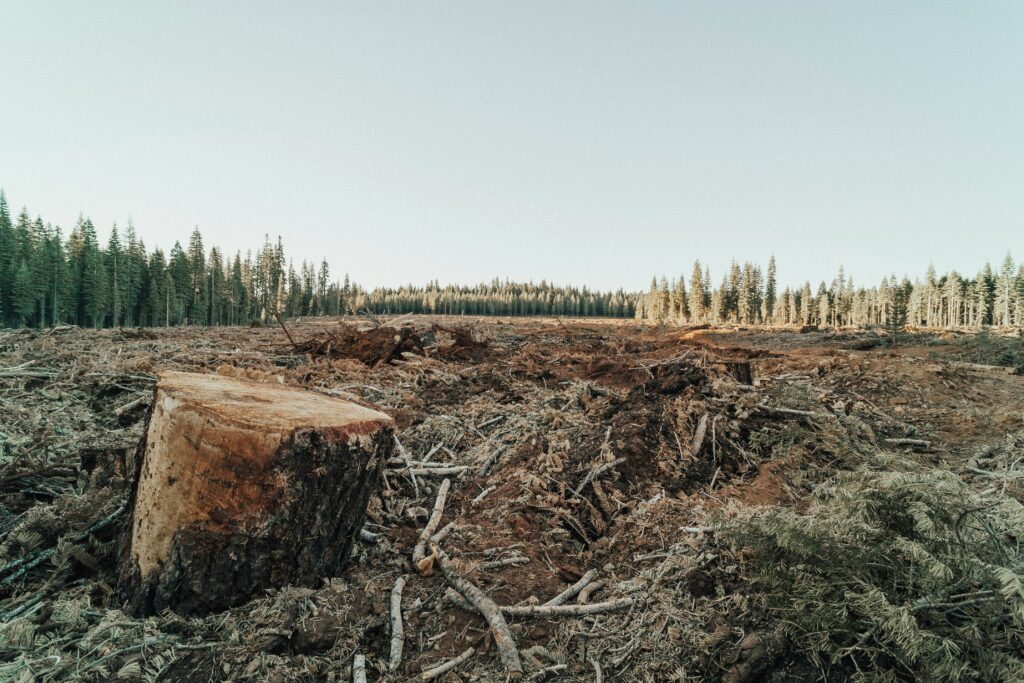
Legal Definition of “Legally Produced”
The EUDR requires that the production process complies with all relevant laws of the country where the commodity was produced. This includes, but isn’t limited to:
- Land use rights and land tenure laws
- Environmental protection legislation
- Forest management laws
- Labor laws and Indigenous rights
- Anti-corruption, tax, and customs regulations
Importantly, operators must provide supporting documentation to demonstrate this legal compliance. It’s not enough to assume legality based on permits or supplier declarations.
What Is a Due Diligence Statement?
A due diligence statement is the central legal requirement under the EUDR. Before a company can place goods on the EU market or export them, it must submit this statement through the EU’s official information system. The operator is responsible for confirming that the products are compliant with all regulatory obligations. The statement must include detailed geolocation data for every plot of land where the commodities were produced, along with the type and quantity of the products, including any relevant identifying codes such as HS codes. It also needs to specify the date or production period, provide a full record of the risk assessment and any mitigation steps taken, and include conclusive proof that the products are both legally produced and deforestation-free. This submission isn’t just procedural – it’s a binding declaration. If the information provided is incomplete, misleading, or based on insufficient due diligence, the operator may face legal consequences, including penalties or restrictions from trading.
Operators vs. Traders: Different Roles, Different Rules
The regulation defines two main types of actors:
Betreiber
These are the first entities to place covered products on the EU market or export them. They carry full legal responsibility for compliance.
Händler
These are any other businesses that make the product available downstream (e.g. wholesalers, retailers). Their obligations depend on size:
- Large traders must verify that upstream due diligence has been completed
- Small and micro enterprises (SMEs) have reduced obligations, but must still maintain traceability and documentation
Traders are still accountable for knowingly distributing non-compliant goods.
Traceability and Geolocation Requirements
This is one of the most legally challenging parts of the EUDR. Operators are required to provide plot-level geolocation data for every batch of commodities they place on or export from the EU market. The regulation is very specific about what this data must include:
- Latitude and longitude coordinates to at least six decimal places
- Polygons outlining the entire plot perimeter if the area is larger than 4 hectares
- A list of all production sites if the commodity came from multiple plots
- For cattle, coordinates of each establishment where the animal was kept
These requirements might sound technical, but they serve a clear legal purpose. The EU wants full visibility of where every covered commodity originates so it can verify that no deforestation or forest degradation occurred after December 31, 2020. That’s why general sourcing information or broad regional data isn’t enough. Authorities must be able to trace every product back to a precise location and confirm that it complies with the regulation.
For larger farms, the use of polygons instead of single GPS points ensures that the full boundaries of the land are recorded and can be checked against satellite imagery. When multiple farms contribute to one shipment, every plot must be identified, even if the goods are later mixed or processed together. In the livestock sector, the rule goes further: for cattle, each location where the animal was kept must be logged to maintain a full trace of its movements.
The regulation also makes it clear that mass-balance or mixed-origin systems are not acceptable. In other words, operators cannot blend compliant and non-compliant goods or rely on averages. Every component of the shipment must individually meet the deforestation-free and legality criteria. This pushes companies to establish fully segregated supply chains for EU-bound products and to maintain detailed, verifiable records.
Complying with these traceability and geolocation obligations may require new data systems, stronger collaboration with suppliers, and investment in satellite-based monitoring tools. But for companies trading in regulated commodities, these steps are essential. Without complete and accurate location data, compliance simply isn’t possible under the EUDR.
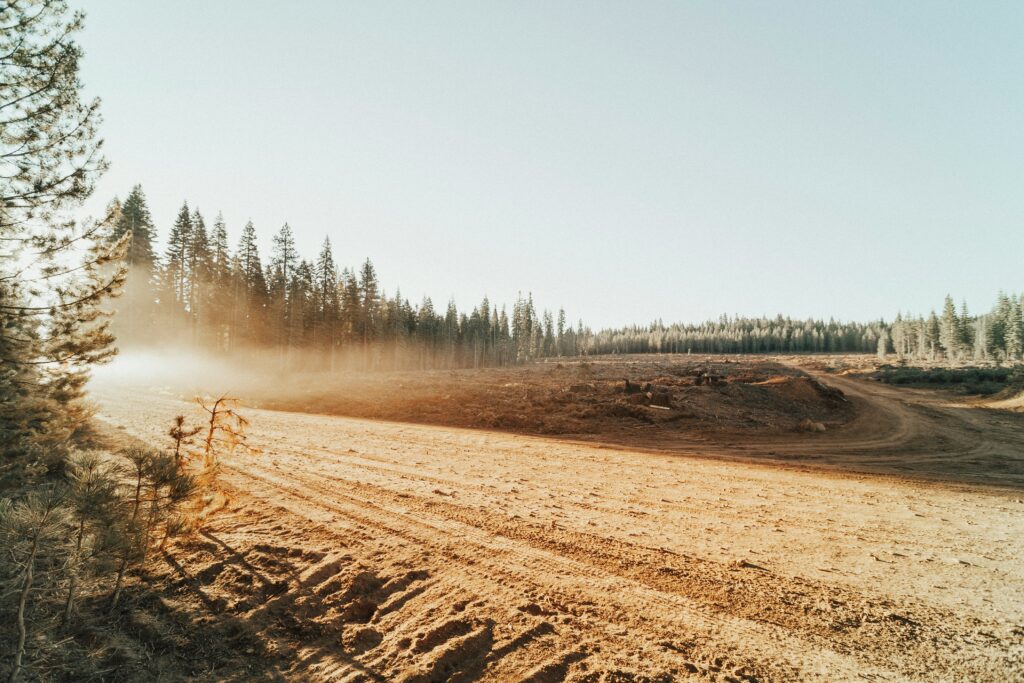
The Risk Assessment Obligation
Legally, it’s not enough to just collect documents. Operators must conduct a formal risk assessment based on:
- Country risk classification (low, standard, or high)
- Complexity and traceability of the supply chain
- Presence of Indigenous Peoples or land disputes
- Known governance issues in the source country
- Potential for mixing compliant and non-compliant products
If there’s any indication of more than “negligible risk,” mitigation becomes mandatory.
Country Risk Benchmarking
The European Commission classifies countries into:
- Geringes Risiko: simplified due diligence (still requires geolocation, but no mitigation)
- Standard-Risiko: full due diligence, risk assessment, and mitigation if needed
- Hohes Risiko: enhanced scrutiny, higher inspection rate, and likely mitigation required
This classification affects how burdensome compliance is. For example, sourcing from a low-risk country like Australia may reduce your reporting obligations. But keep in mind the risk status is reviewed regularly and may change.
What Counts as Mitigation?
Mitigation, under the EUDR, comes into play when a company’s risk assessment shows that the risk of deforestation or legal non-compliance is more than negligible. In such cases, the law requires the operator to take concrete steps to reduce that risk before proceeding. This might involve collecting additional documentation or clarifying data gaps, especially if information from suppliers is incomplete or outdated. Companies may need to conduct on-site audits or inspections to verify land use practices and production methods. In some cases, satellite imagery or remote sensing tools can be used to confirm that land has not been deforested or degraded after the cutoff date. Operators might also choose to bring in independent third-party verification to strengthen the credibility of their compliance documentation. If these efforts still leave too much uncertainty, the only viable option may be to change suppliers or source from different regions where compliance can be better guaranteed. The legal threshold is clear: if the risk cannot be reduced to negligible, the product must not be placed on the EU market or exported.
How Is the EUDR Enforced?
The enforcement of the EUDR doesn’t rest with a single EU body. Instead, each Member State is responsible for implementing the regulation through what are known as “competent authorities.” These national authorities are the ones who review due diligence statements submitted by operators, inspect shipments at border crossings, carry out audits on businesses, and investigate any complaints or alerts that suggest a company might not be compliant. These alerts are referred to as “substantiated concerns” and can come from NGOs, journalists, or even competitors.
To ensure consistent enforcement, the regulation sets minimum inspection targets based on a country’s assigned risk level. For operators sourcing from low-risk countries, at least 1 percent must be checked. That figure rises to 3 percent for standard-risk countries and 9 percent for high-risk ones. These percentages aren’t fixed caps – they’re baselines. Authorities can conduct more checks if they receive credible concerns, notice irregularities, or identify previous violations tied to a company or supply chain.
Unannounced audits are also permitted, and in some cases, expected. This is meant to discourage superficial compliance and ensure that the systems companies put in place can hold up under real scrutiny. The idea isn’t just to punish violations, but to make compliance a continuous process. Companies need to stay alert, keep records up to date, and be ready for verification at any time.
What Are the Legal Penalties?
Failure to comply can lead to serious consequences:
- Fines: Up to 4% of annual EU turnover, calculated based on environmental harm and repeat violations
- Confiscation: Goods or profits can be seized
- Exclusion: Companies may be temporarily banned from public procurement or financial support
- Trading bans: Offenders can be blocked from placing products on the EU market
These penalties apply not just to EU-based companies, but also to foreign exporters whose products violate the regulation.
Special Provisions for SMEs
Small and micro enterprises have until June 30, 2026, to comply with the EUDR. If a supplier higher in the chain has already submitted a due diligence statement, they don’t need to submit one themselves. They’re also not required to appoint compliance officers or go through independent audits. However, they still need to collect and keep relevant sourcing information, and larger clients may still expect full traceability.

How We Help Businesses Be Compliant with EUDR
Unter EUDR-Einhaltung, we help businesses cut through the complexity of EUDR with tools built specifically for the regulation. We know that compliance isn’t just about ticking boxes. The EUDR sets a high legal bar, and missing the mark can carry serious consequences. That’s why we designed our system to handle the heavy lifting: collecting and validating geolocation data, flagging potential deforestation, and ensuring every report stands up to scrutiny. It’s faster, more accurate, and built to keep up with changing regulatory requirements.
Our platform combines automated satellite monitoring with easy-to-use reporting features, so companies can verify sourcing locations, assess risk, and submit due diligence statements without the usual manual headaches. Whether you’re dealing with a single commodity or multiple supply chains, we provide clear visibility down to the plot level, all mapped against the December 2020 cutoff. If you’re trying to meet EUDR obligations and need real, practical support, we’re here to make that process a whole lot easier.
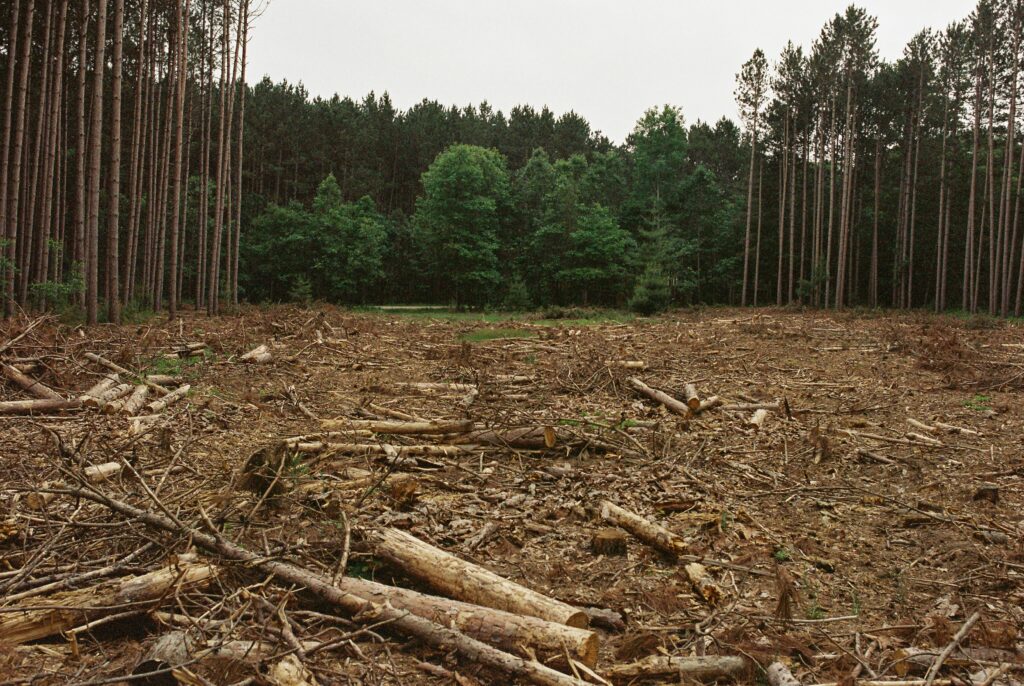
Voluntary Certification Schemes: Helpful, But Not Enough
Many businesses assume that relying on well-known certifications like FSC, Rainforest Alliance, or RSPO will automatically cover their EUDR obligations. While these schemes can support compliance, they’re not a free pass. They may help companies gather geolocation data, document sustainability efforts, or even offer audit systems, but none of that replaces the legal requirement for due diligence.
Under the EUDR, certification is considered a supporting tool, not a guarantee. Operators must still conduct their own verification to ensure that any scheme they use actually meets the regulation’s criteria. That includes checking whether the certification respects the 2020 deforestation cutoff date and whether it provides the level of traceability the law demands. In short, certificates can help, but they’re only part of the puzzle.
Schlussfolgerung
The EUDR isn’t just another compliance checkbox. It reshapes how businesses trade with the EU, from farm to customs declaration. It demands detailed visibility into where raw materials come from, how they were produced, and whether any forest was cleared to make way for them. For companies used to relying on paper trails, supplier trust, or industry certifications, this is a major shift. But it’s not impossible to manage.
With the right tools and clear internal processes, staying compliant becomes less of a scramble and more of a system. The key is to start early, get serious about traceability, and treat due diligence as an ongoing part of doing business. If you’re unsure where to begin or how to bring it all together, there are platforms like ours designed specifically to handle this. Because once enforcement ramps up, only the companies with airtight processes will be able to move product without delays or penalties.
Häufig gestellte Fragen
Do I need to track every farm if I blend products from multiple sources?
Yes. Even if products are processed or mixed together later, each component must be traceable to its original plot. The EU doesn’t allow mass-balance or mixed-origin systems under this regulation. It’s all or nothing.
Does certification like FSC or Rainforest Alliance count as compliance?
No, not by itself. Certification schemes can help with data collection and risk assessment, but the law requires independent due diligence. You still need to verify that the certified product meets all EUDR criteria, including geolocation, legal production, and the 2020 deforestation cutoff.
What if I can’t get exact coordinates from my supplier?
Then you won’t be able to meet EUDR requirements. The law is strict about geolocation. Operators must provide precise coordinates and full plot boundaries if the area is larger than four hectares. General sourcing info won’t cut it.

